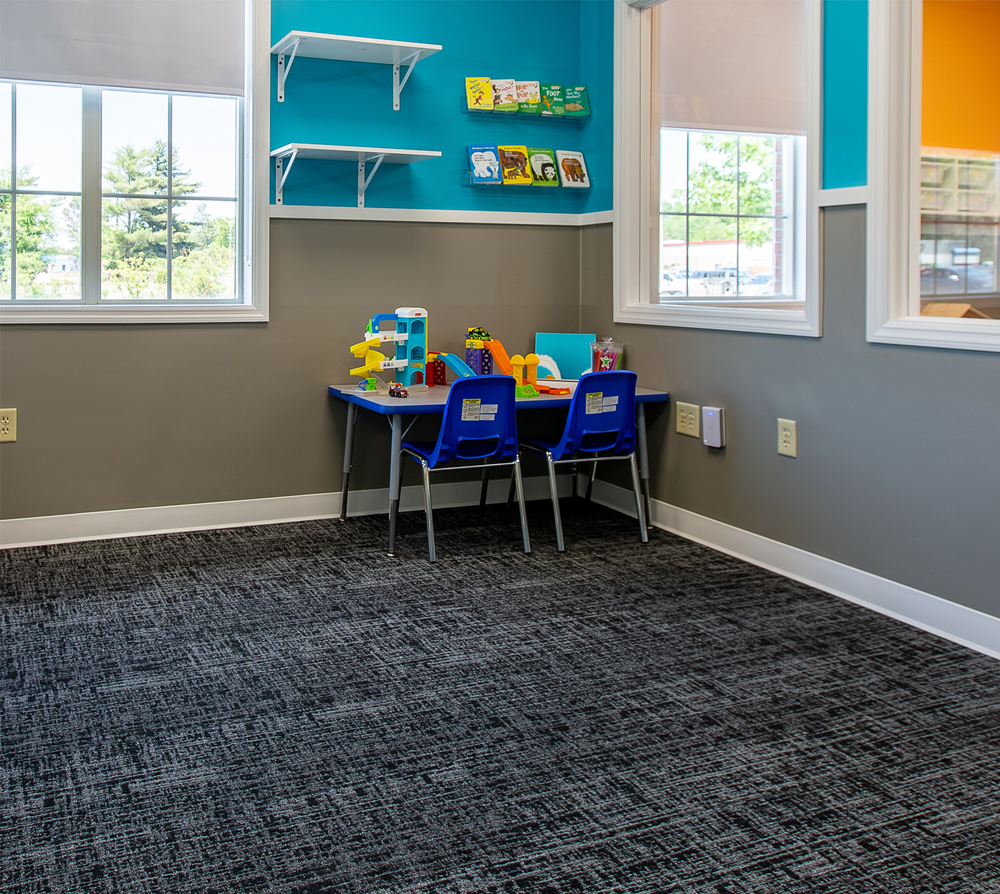Developmental Preschool vs. ABA – Lighthouse Autism Center
Developmental Preschool vs. ABA Therapy: Which Is Right for Your Child?
Whether it involves making cherished artwork or new friends, preschool is an exciting (and sometimes scary) time for children and parents alike. When your child reaches preschool age, you’ll need to consider the different available schools and programs for kids with autism spectrum disorder (ASD). When it comes to ASD and preschool, certain developmental goals need to be factored in to help you find the best approach. For example, ABA therapy, occupational therapy, and speech therapy all play a vital role in helping your child develop the necessary skills to be able to reach their full potential.
In this blog, we explore the main differences between school-based and center-based learning and development programs in order to help you decide on the best course of action for your child.
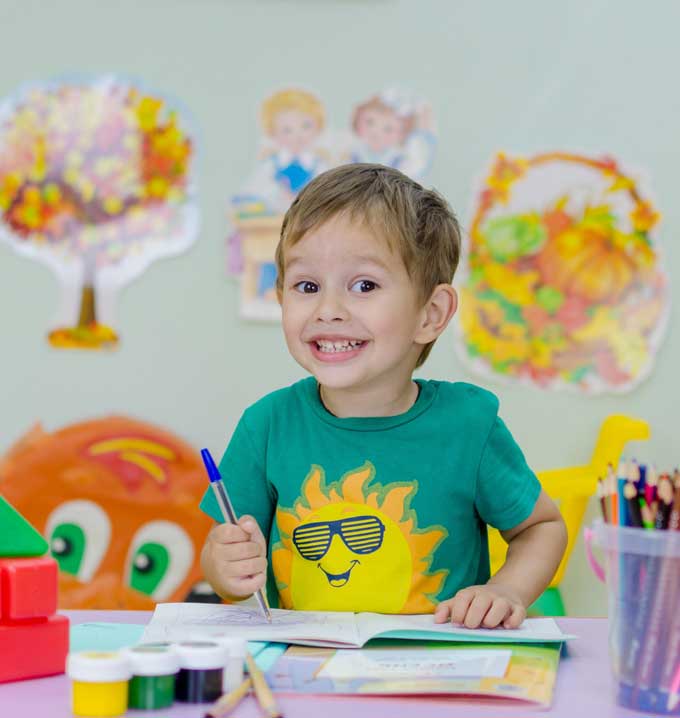
ABA Treatment Programs
Applied Behavior Analysis (ABA) is an evidence-based therapy that has proven to be an effective and reliable method for developing and improving social, language, communication, learning, and daily living skills in autistic children. It consists of two major treatment methods: discrete trial training (DTT) and natural environment training (NET). DTT teaches target behaviors through simplified and structured steps (similar to a typical classroom setting), while NET focuses on learning through play and social interactions.
As part of an ABA treatment program, a therapist will evaluate your child’s skills, abilities, and challenges. They will then tailor an individualized program designed to maximize overall development and skill acquisition while decreasing problematic forms of behavior that impede learning. Another component of this intensive therapy is parent training, which has been found invaluable by parents who want to learn how to better engage, teach, and support their child.
While this is undoubtedly one of the most effective special education options for children with autism, working 1:1 with a therapist may not provide educational opportunities associated with a classroom setting.
Preschool Programs for Children with Disabilities (PPCD)
PPCDs are typically offered in a public school classroom under the supervision of a special education teacher and two educational associates. Classes usually consist of, at most, 12 children with a variety of special needs, ranging from moderate to severe.
During classes, children work on appropriate activities designed to develop and improve language, social, cognitive, and self-help skills.
This type of setting is highly conducive to socio-emotional development and affords children an opportunity to learn how to socialize with peers. When considering this approach, it is important to keep two things in mind. First, the setting must enable the child to catch up developmentally, and second, there will be limitations to the level of expertise of staff members compared to specially trained therapists. Additionally, school-based programs alone do not allow for the frequency or intensity of training and supervision essential for autism in early childhood development. This may make the addition of more intensive forms of therapy necessary in order to achieve appropriate preschool developmental milestones.
Combining ABA Therapy and Preschool
Both ABA therapy and PPCD can play a vital role in the development of autistic children. When you’re comparing the potential benefits of ABA therapy to those of PPCD, determining the learning environment that is best for your child will depend on their skill levels, needs, and a number of other factors. ABA may be the better choice if your child needs more structured, individualized support to develop foundational skills before entering a group setting. While a preschool for children with autism may be beneficial if your child is ready for social learning, it still requires a certain level of specialized instruction.
In many cases, a hybrid approach (a combination of the two approaches) can also provide a successful balance between structured skill-building and peer interaction. Balancing ABA therapy and preschool may mean focusing on ABA treatment first, for one or two years before transitioning into preschool, or even incorporating ABA therapy into your preschool schedule by choosing a part-time preschool schedule followed by part-time ABA sessions.
The Lighthouse Fusion® Approach
Fortunately, ABA therapy can be tailored to fit a wide range of needs for children with autism, making it easy to work into a therapeutic preschool program. To make things even easier, Lighthouse Fusion ABA therapy introduces an innovative approach that combines ABA and speech therapy into one enhanced therapy solution.
What sets Lighthouse Fusion apart is its integrated, collaborative approach. By incorporating speech therapy directly into daily ABA programs, children receive consistent reinforcement of communication and life skills throughout their learning process, accelerating language development, fostering stronger social interactions, and ensuring that therapy is fully embedded into natural, play-based activities.
Our team of Board Certified Behavior Analysts (BCBA) and Speech-Language Pathologists (SLP) work collaboratively with your child and Registered Behavior Technician (RBT), ensuring a seamless, multidisciplinary approach to therapy. So, rather than only receiving 30 minutes of speech training a week, your child will benefit from daily opportunities for speech development, ultimately leading to better outcomes and more meaningful, lasting progress for your child.
Discover more helpful autism resources from Lighthouse Autism Center.
What are Lighthouse Learning Programs?
At Lighthouse Autism Center, we offer center-based ABA therapy in a natural, play-based environment designed to support each child’s growth and development. Following an assessment, a program is developed specifically to target each child’s unique needs, ensuring a customized learning experience that fosters greater independence, confidence, and real-world readiness.
With our Early Learner Program and Junior Learner Program, we incorporate foundational academic skills while maintaining the benefits of individualized ABA therapy.
Early Learner Program
Generally, this program supports learners between 18 months and 6 years of age and focuses on learning through play. The skills learners acquire through this program will provide the building blocks required for them to generalize what they have learned across different subjects and environments. In the Early Learner Program, children focus on:
- Fine and gross motor skills
- Letters, numbers, and colors
- 2D shapes
- Name and age
- Listening skills and following directions
- Developing new words through song, music, and reading
- Days of the week, months of the year, the weather, seasons, and more
- Participating in group classes like art, music, and gym
Junior Learner Program
Typically, this program includes learners 7 years and older and follows a similar structure to what a learner would see in a school setting. As the learner progresses through the program, they spend less time learning while playing and more time learning from an educator while sitting at a desk or in a group setting, similar to what the learner would experience at school.
In the Junior Learner Program, children focus on:
- Communication and listener responding skills at the appropriate level for the child
- Life skills like folding laundry, hanging clothes, sweeping, vacuuming, etc.
- Activities of daily living such as handwashing, teeth brushing, etc.
- Social skills, including peer-to-peer interactions in a group setting
School Readiness at Lighthouse
For a child with autism, transitioning into a school environment will take more than just academic preparation. Getting your child “school ready” is about fostering the practical skills that they will need to adapt to navigate daily interactions, adapt to (and follow) new routines, and build confidence in a structured learning environment.
At Lighthouse Autism Center, we focus on building these essential abilities through programs that encourage independence and social interaction. As children progress, they develop key skills that support a successful transition into a school environment, including:
- Interacting in a classroom
- Playing with peers
- Listening and following directions
- Participating in group classes
- Fine and gross motor skills
- Eating in a cafeteria-style lunchroom
Together, we can unlock your child’s potential
Related News
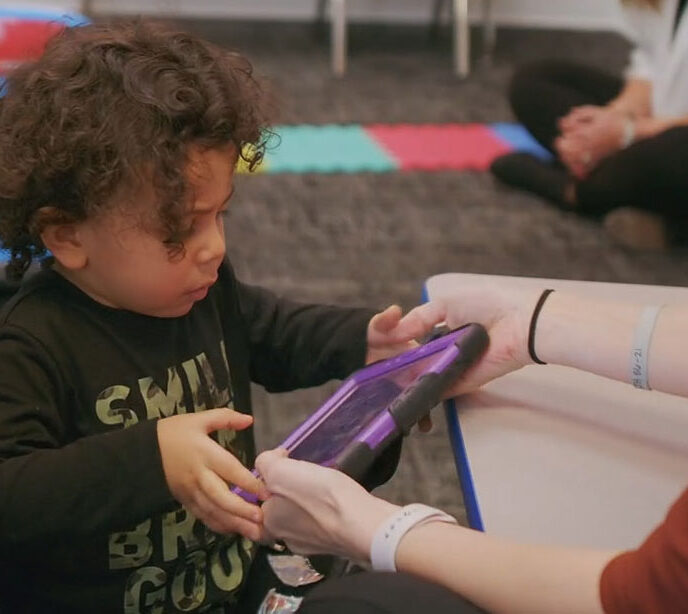
10/07/2025
PECS and Its Use in ABA Therapy – Lighthouse Autism Center
The picture exchange communication system, or PECS, is a teaching system that can help an autistic child or another individual with speech difficulties improve their communication skills. We take a look at PECS’ role in ABA therapy and unpack how it works. What Is the PECS System and How Is It Used In ABA Therapy? […]
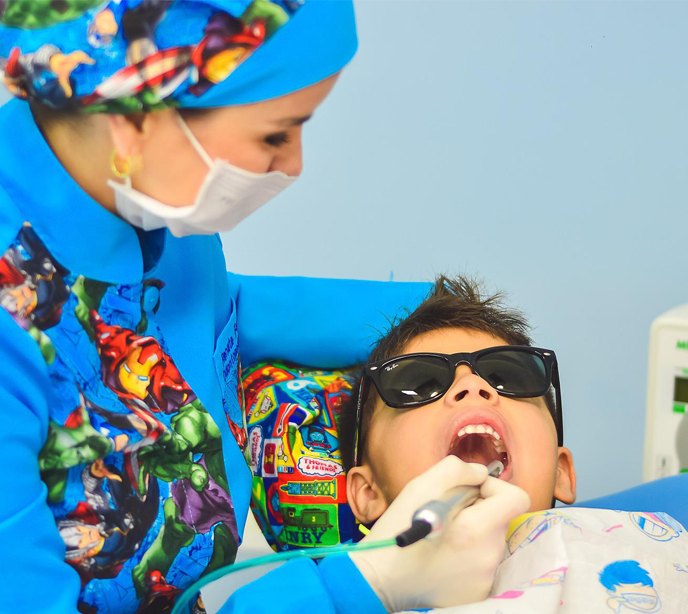
08/13/2025
ABA Therapy Tips for Taking Your Autistic Child to the Dentist
Taking Your Autistic Child to the Dentist For any child, and even adults, a trip to the dentist can often be filled with anxiety, fear, and discomfort. For a autistic child, especially, these feelings can be even further heightened by sensitivities to noise, smell, and touch. To make this experience better for both the child […]
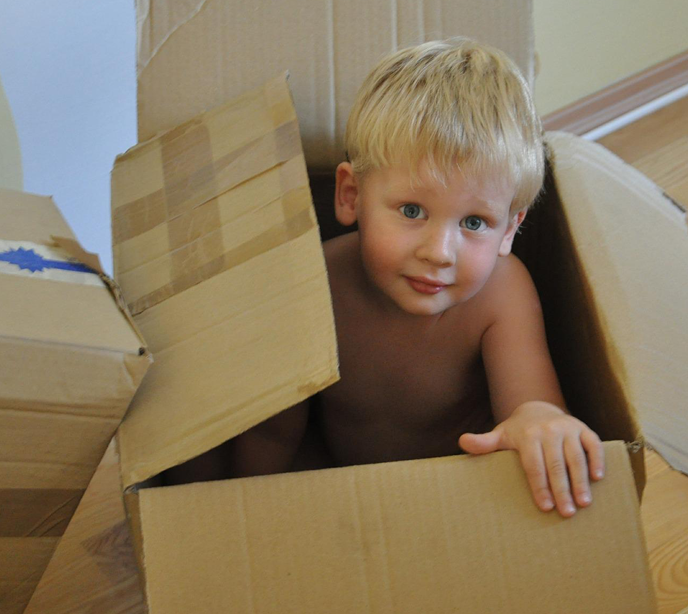
08/13/2025
Tips for House Hunting with Your Child on the Spectrum
Guidance for Families with Children with Autism when Moving Moving is always a stressful and complicated endeavor. But when you have a child on the autism spectrum, the thought of packing up your household and moving somewhere new can seem like a near-impossible task. Parents often worry that their children will get overwhelmed by this […]

